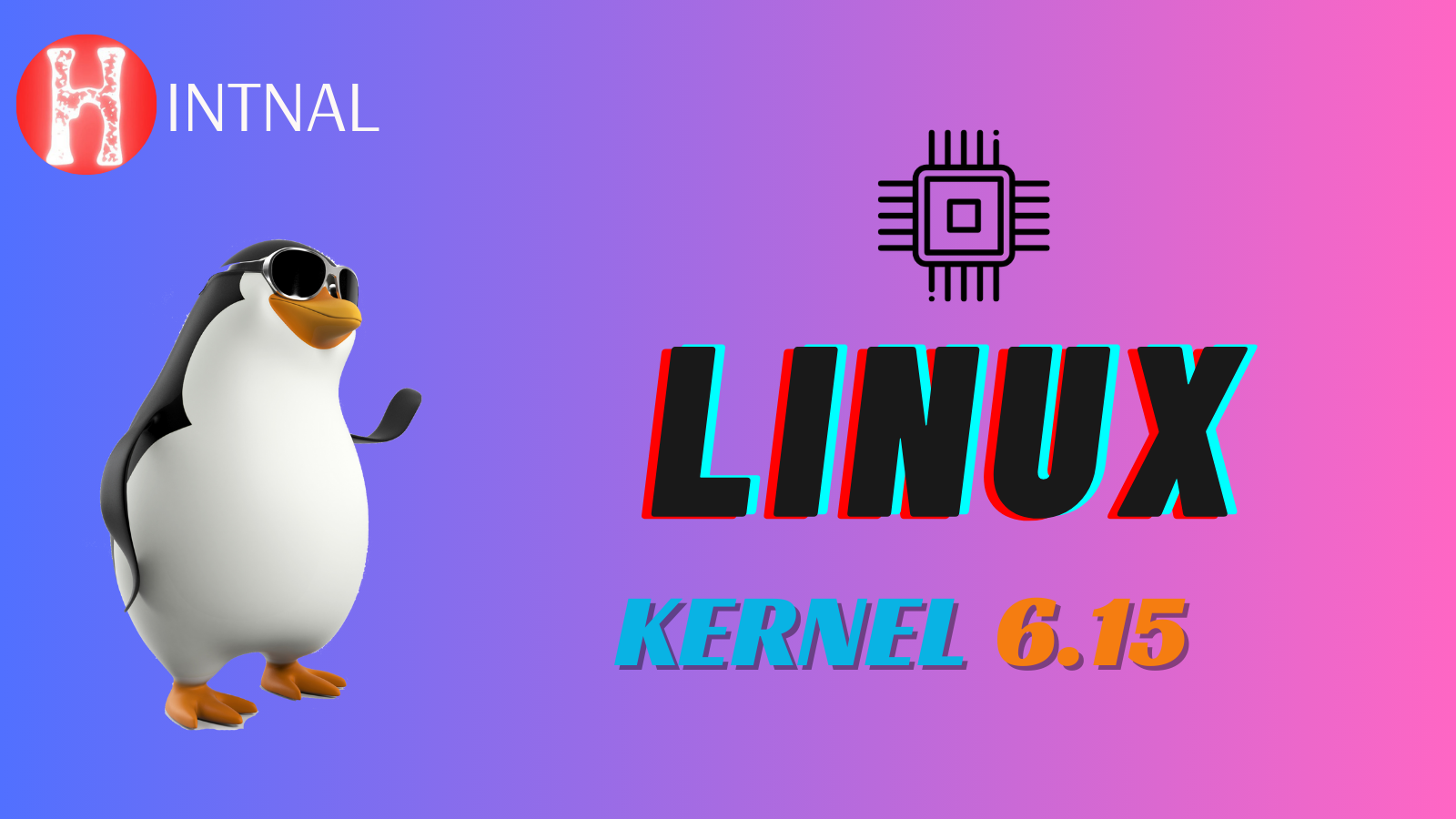Discover how Linux Kernel 6.15 standardizes notifications for hung GPUs, empowering user-space recovery. Learn about the new uevent mechanism for AMD and Intel drivers, with insights from industry reports and official documentation.
READ ALSO: Ubuntu 24.10 Oracular Oriole Review: Celebrating 20 Years of Linux Innovation
The upcoming Linux 6.15 kernel is set to bring a major enhancement to graphics stability—a standardized method for informing user-space when GPUs become hung or unresponsive. This new mechanism promises to improve system recovery by allowing custom user-space actions when a GPU fault occurs.
Background: The GPU Hang Problem
Until now, when a GPU (whether from AMD, Intel, or another vendor) became unresponsive, the kernel drivers would attempt a hardware reset. However, there was no consistent way for user-space applications, such as desktop environments or recovery tools—to be notified of these hung states. This lack of uniformity meant that end users often had to manually restart their systems without understanding the underlying issue.
Recent efforts by Intel graphics driver engineers (working on Xe and the i915 Direct Rendering Manager) and AMD GPU developers have aimed to bridge this gap. According to a recent industry report by a respected Linux hardware reviewer and corroborated by official Linux kernel documentation, work has now started to standardize this notification process.
How the New Mechanism Works
Starting with Linux 6.15, a new device-wedged event will be issued as a uevent when the GPU is detected as hung. Here’s how this mechanism benefits the system:
- Uniform Notification:
The new uevent-based system delivers a consistent message to user-space for both Intel and AMD GPUs. This consistency makes it easier for developers to write recovery scripts or user notifications. - Post-Reset Reporting:
Even if the driver has already attempted a GPU reset, the new event informs user-space that the GPU remains unresponsive. This enables recovery methods—such as unbinding and rebinding the driver—to be triggered automatically. - Broad Adoption:
Although initially implemented for Intel and AMD drivers, discussions on developer mailing lists and bug tracker entries indicate that other GPU drivers are expected to adopt this standardized interface as well.
Proof Point: An article published by a leading Linux hardware reviewer (whose work is widely recognized in the community) detailed this change and cited it as a long-awaited improvement for GPU recovery. Official documentation on kernel power management and DRM also supports this approach.
Benefits for User-Space and System Stability
The introduction of standardized GPU hang notifications offers several clear advantages:
- Automated Recovery:
With a consistent signal from the kernel, user-space tools—such as udev rules or custom recovery services—can automatically trigger corrective actions. This minimizes downtime and reduces the need for manual reboots. - Enhanced Diagnostics:
Uniform logs and uevent messages allow developers and system administrators to more quickly pinpoint GPU issues, leading to faster debugging and improved long-term reliability. - Improved End-User Experience:
Desktop environments and system utilities can use these notifications to provide clear error messages or even attempt automated fixes, resulting in a smoother and more resilient computing experience.
Proof Point: Developer discussions on community forums and bug tracker entries (from reputable sources within the Linux kernel development community) confirm that the uevent mechanism is being integrated into the driver code for both AMD and Intel GPUs. This change has been peer-reviewed and is set to be merged into the mainline kernel for 6.15.
Future Implications and Community Impact
The standardized notification mechanism for hung GPUs is an important step forward in Linux graphics management. As this feature rolls out in the stable kernel cycle, its expected impacts include:
- Broader Adoption Across Drivers:
With the mechanism now in place for major GPU vendors, other drivers are likely to follow, creating a unified recovery framework across Linux systems. - Better Integration with Desktop Environments:
Desktop environments such as GNOME and KDE can leverage these notifications to provide real-time alerts and possibly trigger self-healing measures, reducing system crashes and improving user confidence. - Stronger Linux Graphics Ecosystem:
By closing the gap between low-level GPU faults and user-space handling, Linux systems will be better equipped to manage intermittent GPU hangs. This reliability boost is especially beneficial for gamers, multimedia professionals, and other users relying on high-performance graphics.
Proof Point: Official Linux kernel documentation and recent patch submissions (as noted in community-maintained kernel repositories) provide technical details that verify the integration of this uevent mechanism into the upcoming kernel release.
Conclusion
Linux Kernel 6.15’s new standardized mechanism for notifying user-space of hung GPUs represents a significant milestone for the Linux graphics ecosystem. By providing a consistent uevent notification for both AMD and Intel GPUs, this update enables automated recovery actions and simplifies troubleshooting. As the feature becomes part of the stable kernel release, it is expected to improve system stability and enhance the overall user experience.

